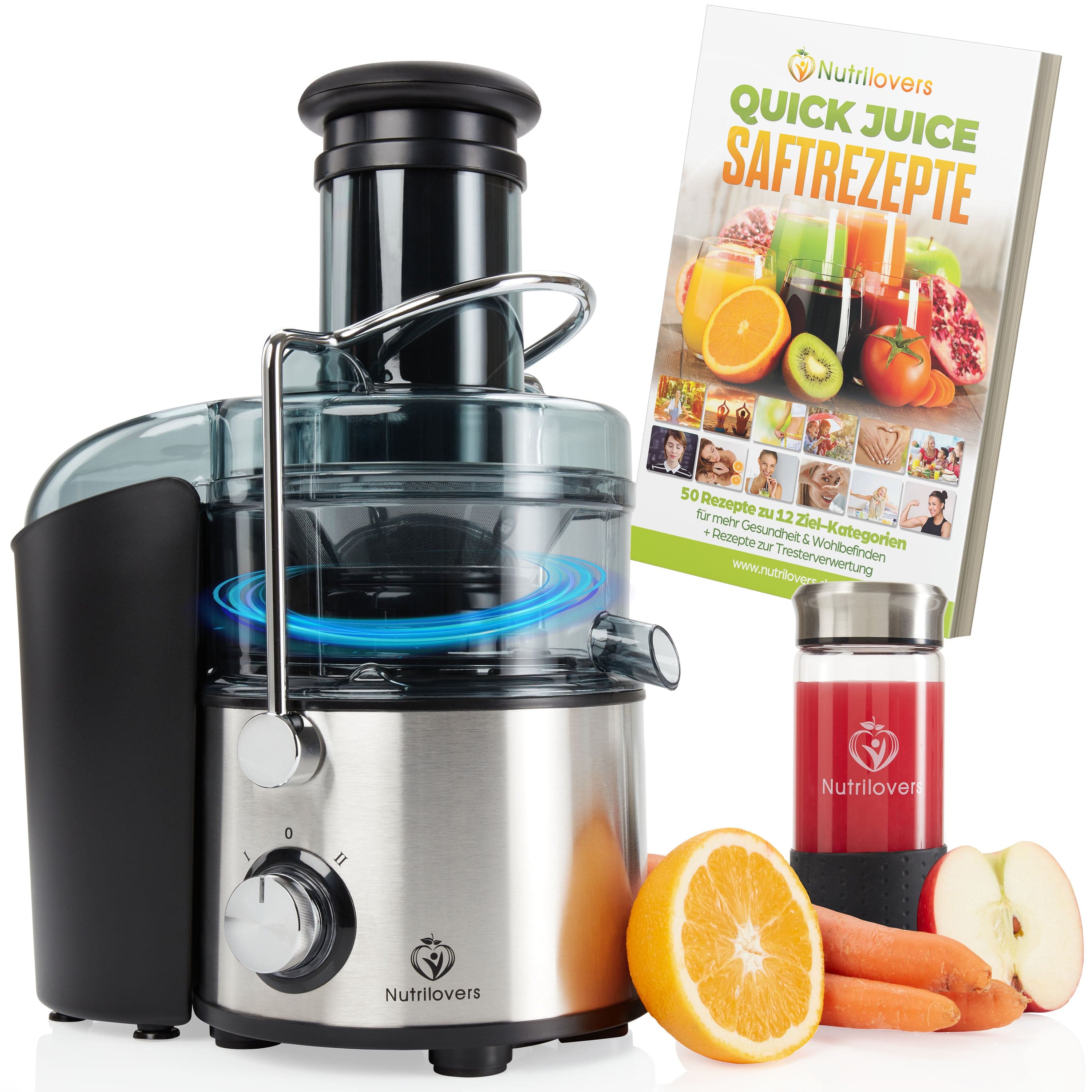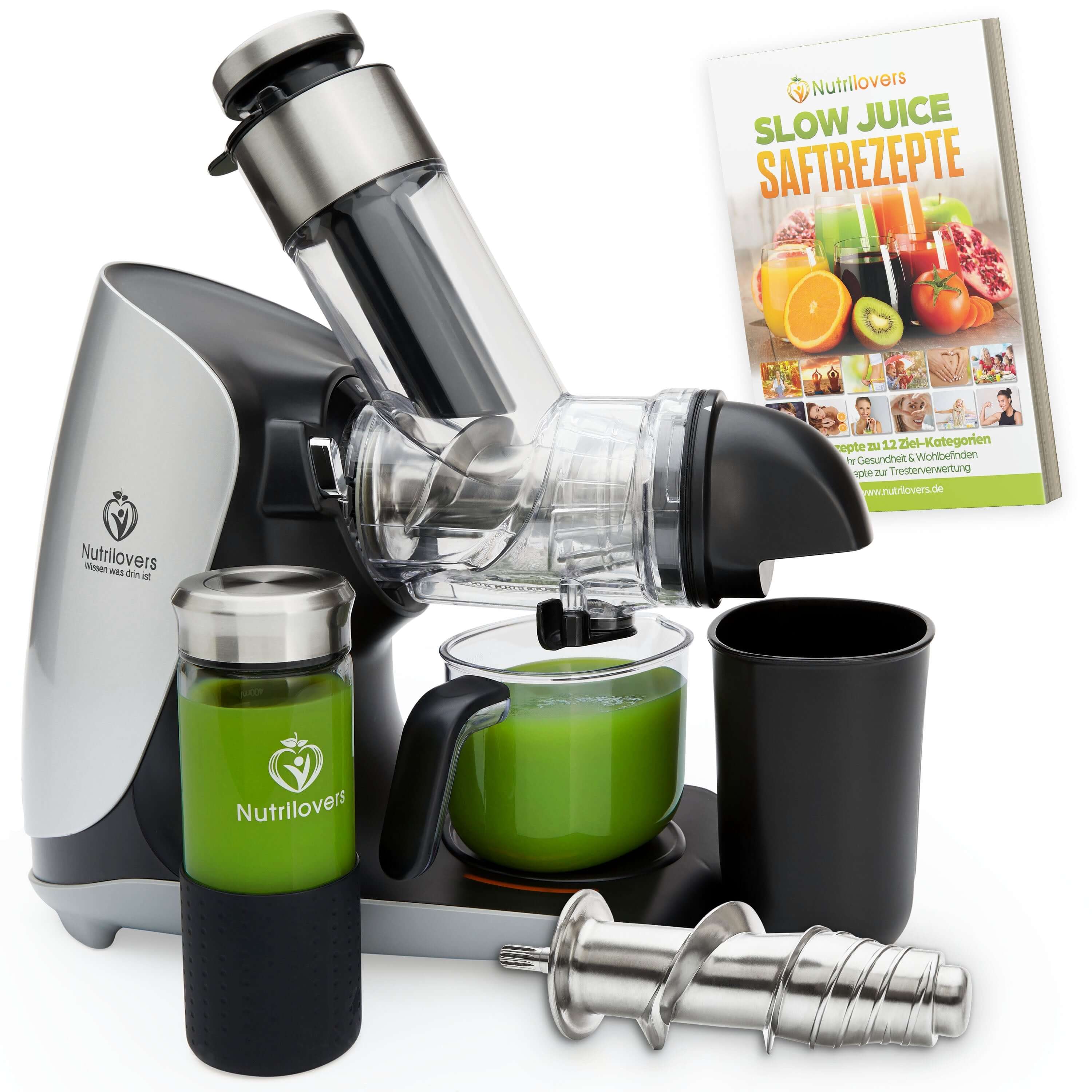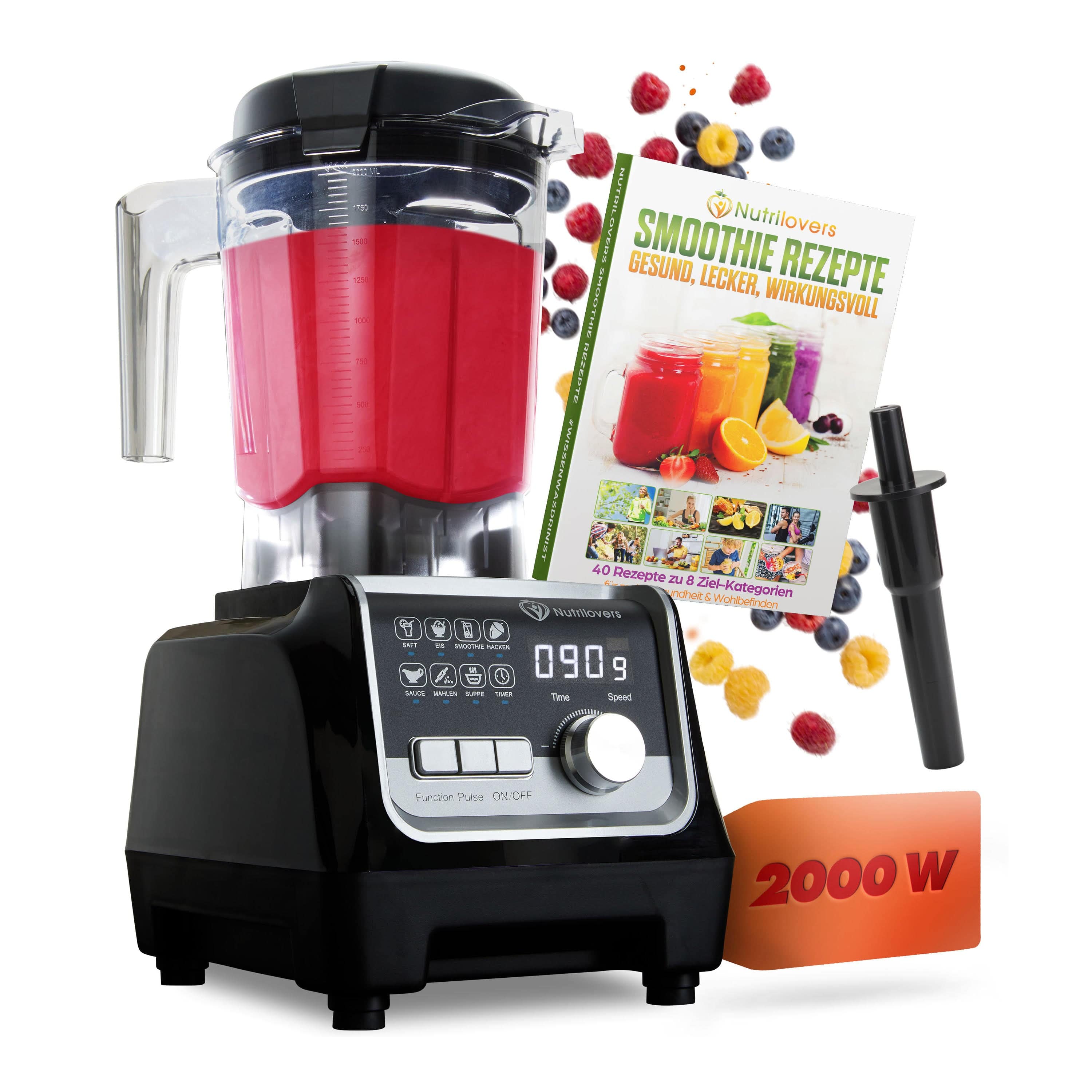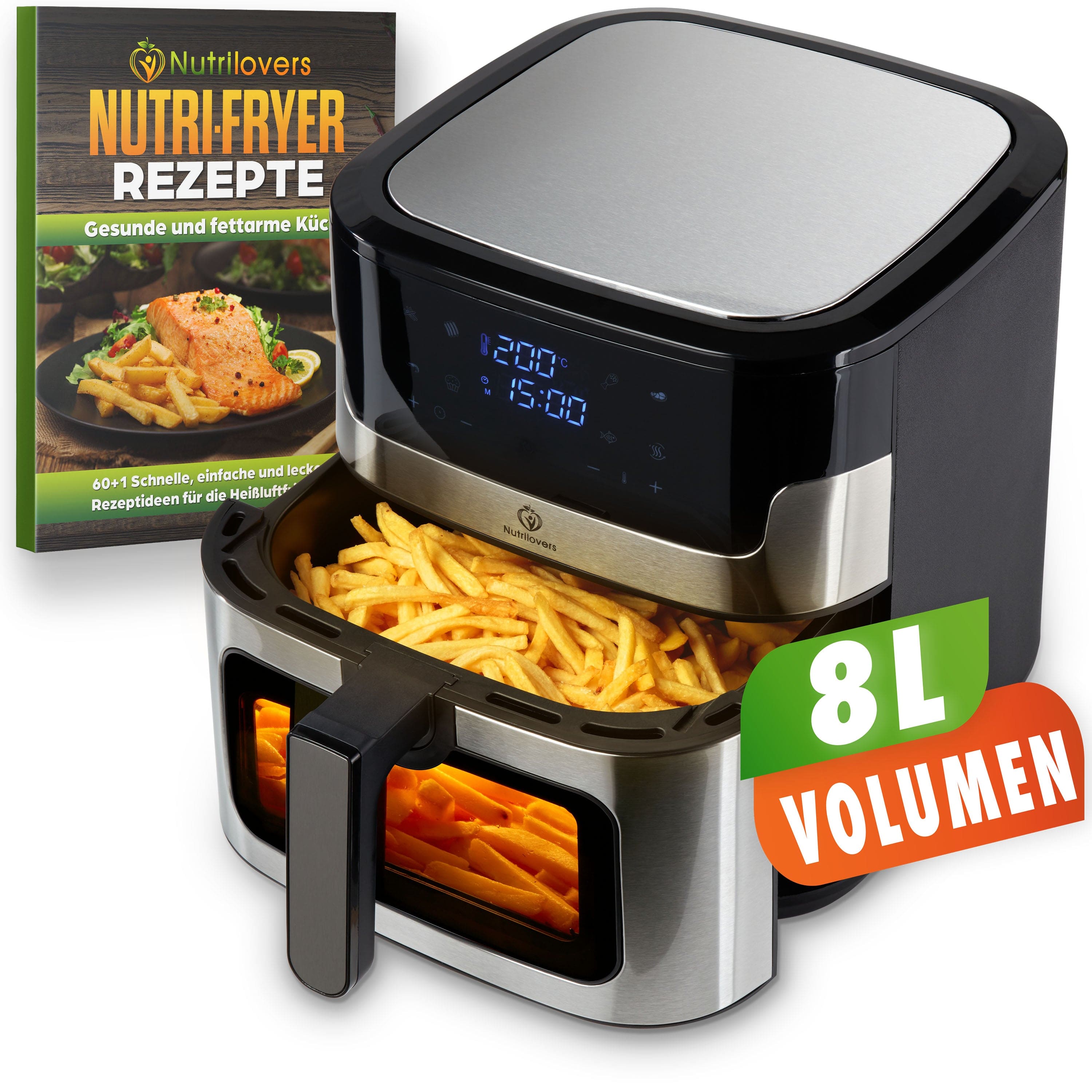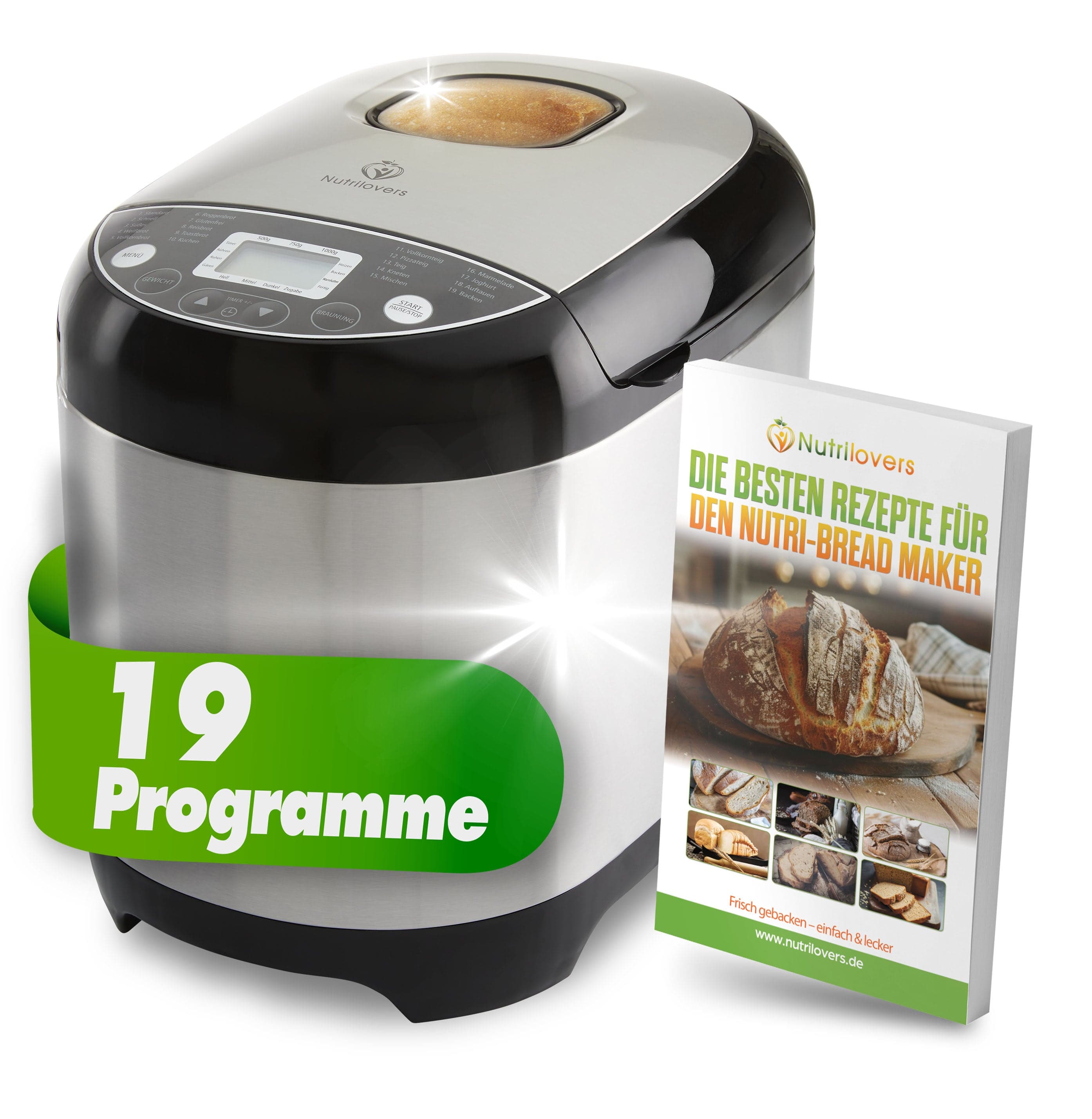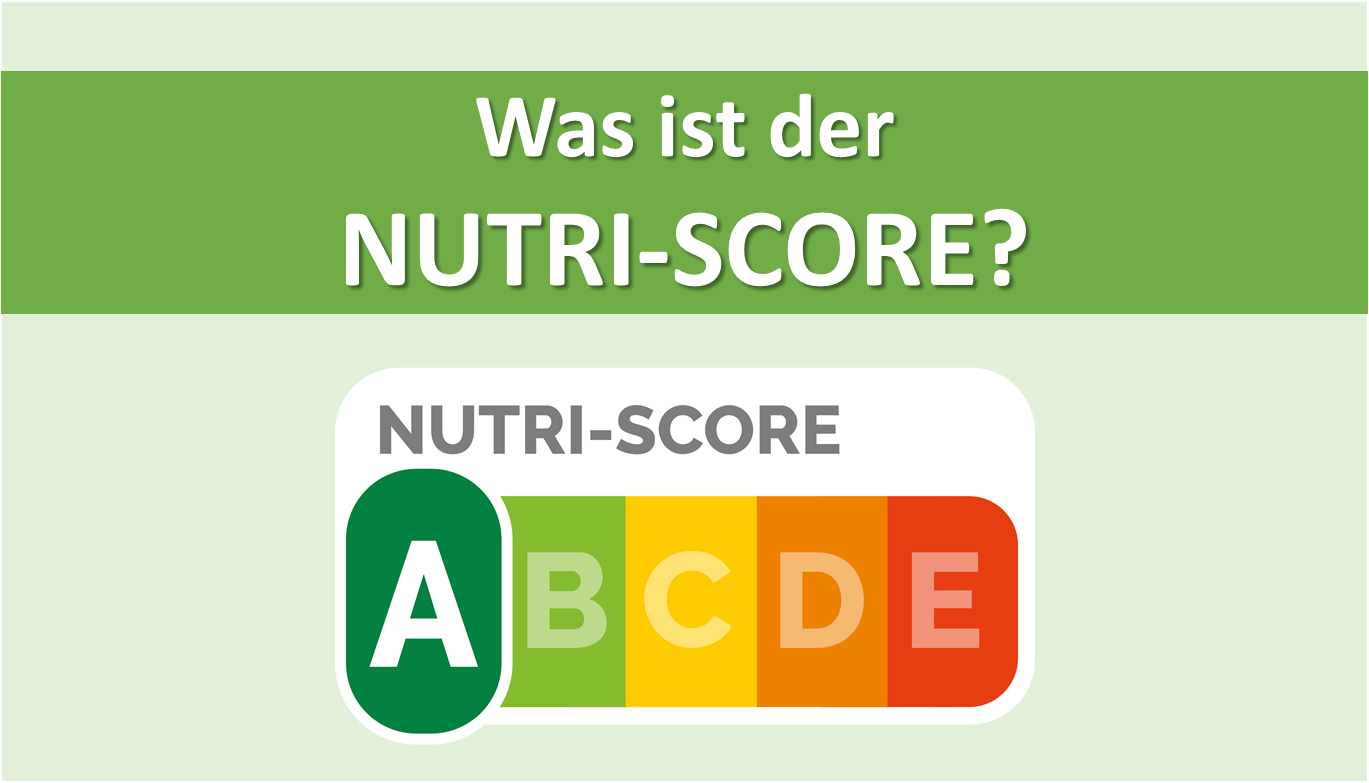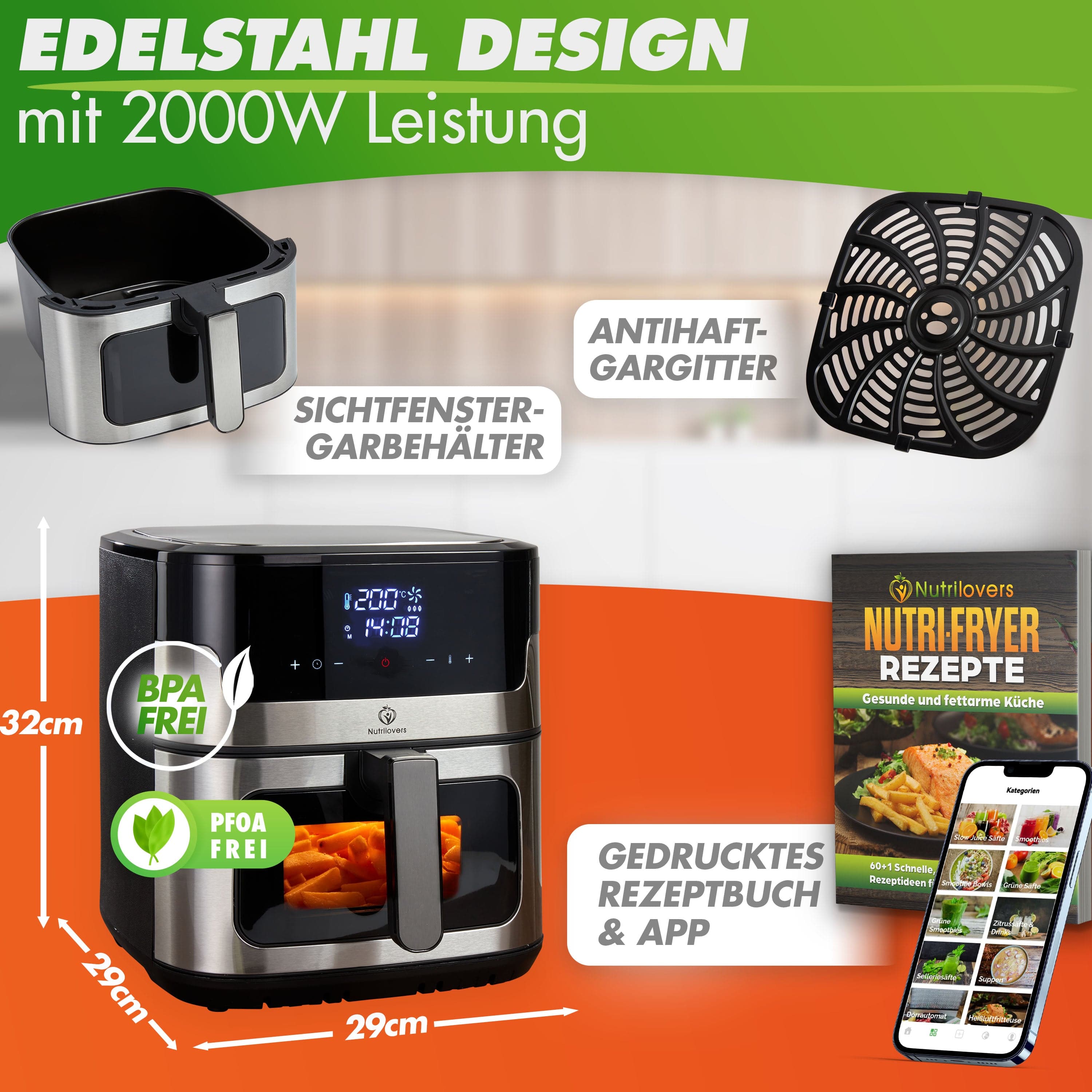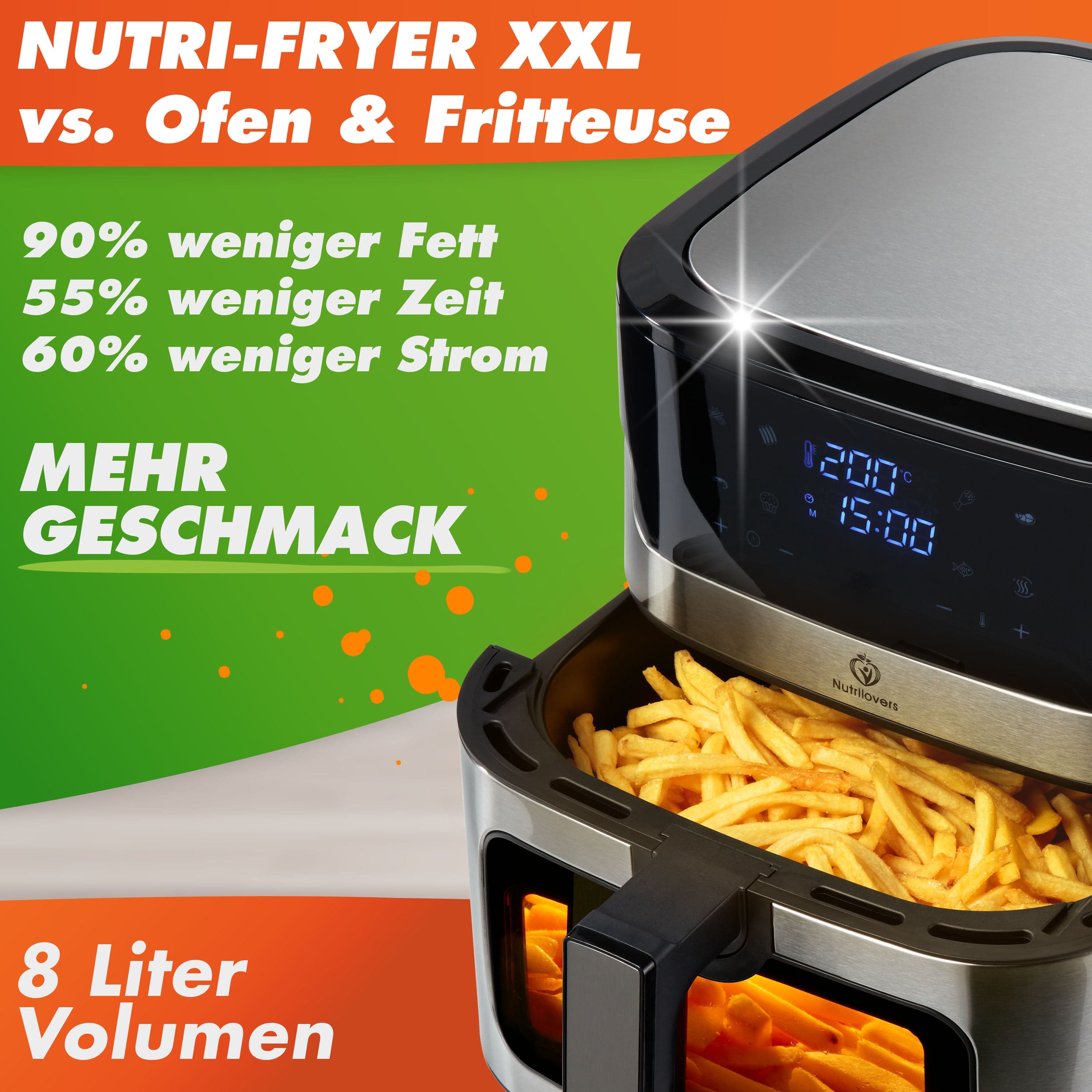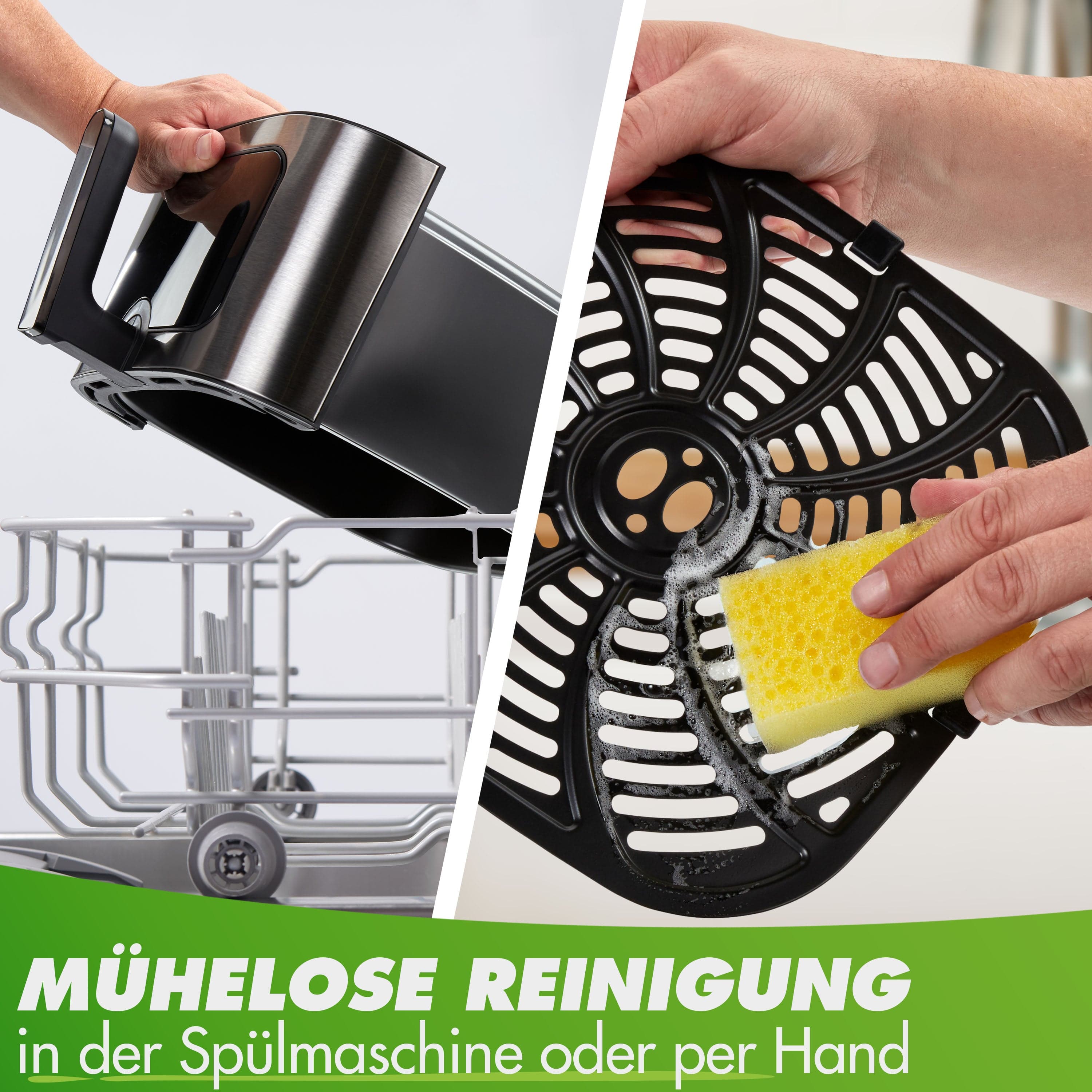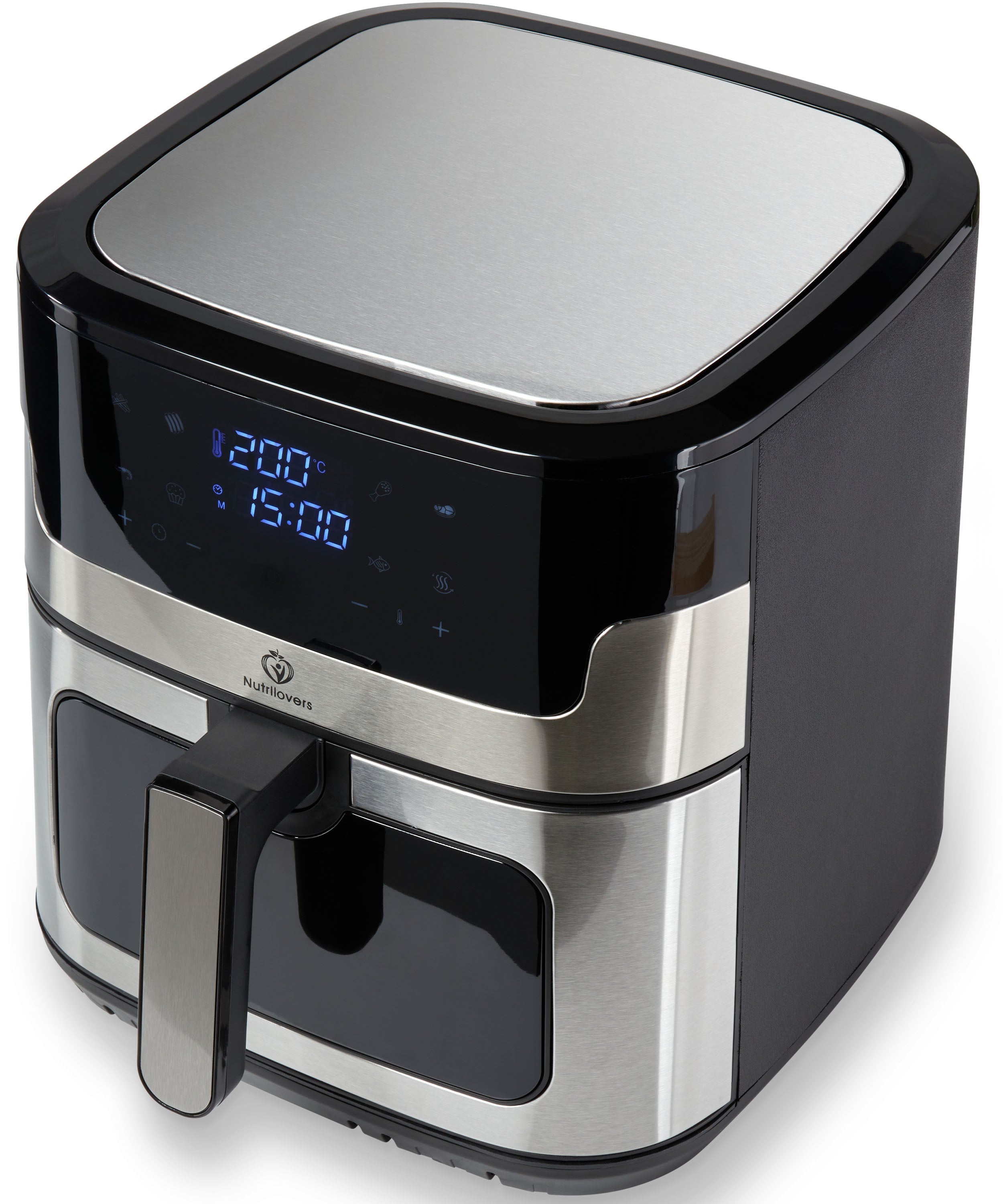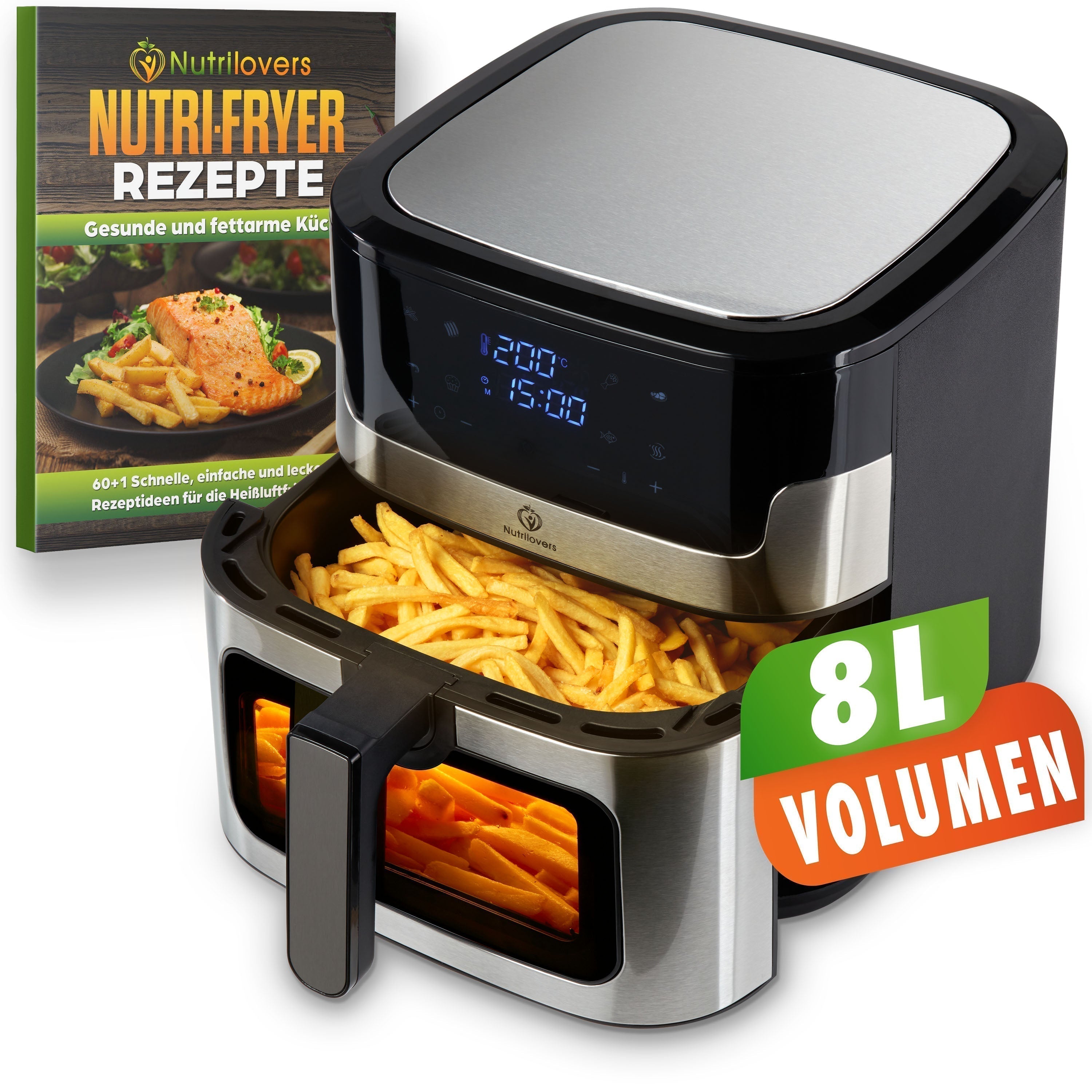How healthy is a ready meal? To make this clear at first glance, a simple, easy-to-understand nutritional information logo is needed on the front of the packaging. Following a consumer survey, the German government has decided: The Nutri-Score is coming. In this article, you'll learn everything you need to know about the new food rating system: the "NUTRI-SCORE."
What is the Nutri-Score?
The Nutri-Score is a new nutrition label on food packaging that converts the nutritional value of food into a simple code consisting of 5 letters, each with its own color.

Each product receives a rating based on a scientific algorithm. This formula takes into account the nutrients to avoid (energy value and amount of sugar, saturated fat, and salt) and the nutrients to be avoided (amount of fiber, protein, fruit, vegetables, and nuts). This makes it easy to see at a glance which products are recommended and which should be avoided.
This front-of-pack label informs consumers at a glance about the overall nutritional quality of food products and promotes healthier purchasing choices by helping consumers compare the nutritional quality of foods. The second goal of the Nutri-Score label is to motivate manufacturers to improve the nutritional quality of their foods through reformulations and/or innovations to better position them on the Nutri-Score color scale.
Who created the Nutri-Score?
The Nutri-Score was proposed by EREN, a French public nutrition research team led by Professor Serge Hercberg. It is based on the FSA nutritional score established by the Food Standards Agency in the UK.
The Nutri-Score is presented in the 2013 report "Proposals for a New Impetus for French Nutrition Policy in the Field of Public Health in the Context of the National Health Strategy." Professor Serge Hercberg advocates the introduction of an A to E rating system on the front of food packaging to easily compare the nutritional quality of products.
How is the Nutri-Score calculated?
The scoring key assigns points to each element in the nutrition table (per 100 g or ml)—that is, "bad" nutrients (energy, sugar, saturated fat, salt) as well as "good" nutrients (protein, fiber, percentage of fruit, vegetables, and nuts). The positive points are then subtracted from the negative ones, and the result is converted into the Nutri-Score table.
What are the advantages of using the Nutri-Score?
Nutrition labeling systems have the potential to improve the overall health of a society by providing the tools consumers need to make informed purchasing decisions. This translates into a reduction in calorie intake, trans fats, salt, and sugar, which in turn reduces the risk of chronic disease. Furthermore, the systematic provision of information offers consumers the opportunity to make health comparisons between products and brands. With nutritional labeling of products, the entire food manufacturing process can change, as food manufacturers must produce health-competitive products to remain a brand of choice.
The Nutri-Score is the first step toward clear food information. It has the advantage of being highly visual and easy to understand, making it easier to compare different foods. 
How does the Nutri-Score differ from other food labels?
The Nutriscore system differs from other rating systems in that it interprets the ingredients in each product as a whole. Instead of providing consumers with ingredient-specific information, consumers can understand a product's nutritional value based on the letter and color code. This means consumers don't have to analyze a product ingredient by ingredient and by serving size, which can often be confusing and may require a certain level of nutritional knowledge. The color-coded system allows for easy identification of healthy foods, saving consumers time and effort. The system also provides simple product comparisons between brands within a food category, allowing them to select the healthiest product.
The Nutri-Score can encourage food manufacturers to revise their recipes and make their products healthier in order to distinguish themselves, because a good rating based on the color scale can be an important purchasing criterion for many.
What are the disadvantages of the Nutri-Score?
The simplicity of the Nutri-Score is also its weakness. No label designed to be understandable at a glance can take all factors into account.
The Nutri-Score, for example, takes into account micronutrient data (ingredients such as vitamins, minerals, and unsaturated fatty acids are only superficially considered in the Nutri-Score). However, this information is very important for overall nutritional intake. The Nutri-Score also does not warn about additives such as sweeteners, preservatives, or colorings.
Furthermore, the Nutri-Score is not suitable for all food products and does not consider them in context or as part of a balanced daily nutrient intake. For example, a ham or a jar of honey does not have good nutritional value, even though their nutritional information is interesting in the overall context of the food (no one will eat a jar of honey or an entire ham whole). However, the Nutri-Score is much more useful for a prepared dish consumed as a complete meal.
Those involved in food production are therefore particularly hesitant to use the Nutri-Score because consumers cannot fully understand these ambiguities.
Although one advantage of the Nutriscore system is the quick and easy comparison between brands and products, it does not allow consumers to make specific comparisons, which may be particularly necessary when comparing, for example, artificial sugar with natural sugar.
Furthermore, problems arose as a result of the content analysis. For example, olive oil was rated D, while Coca-Cola was rated B. This rating resulted from the high, but healthy, fat content of olive oil; because the fats did not correspond to the nutritional value, a low score was awarded.
 Image source:https://twitter.com/SinAzucarOrg/status/1062079033817645057
Image source:https://twitter.com/SinAzucarOrg/status/1062079033817645057
The problem of product comparisons arises again here, as consumers within the Nutriscore system can only compare products within a food category. This means that a consumer cannot accurately compare olive oil with Coca-Cola, but rather Coca-Cola with another soft drink. Category-specific comparisons can quickly lead to confusion and misinterpretation for the average grocery shopper.
CONCLUSION
The Nutri-Score is hotly debated and controversial. The debate about the advantages and disadvantages of the Nutri-Score is legitimate, and it's important that everyone's voice and questions are heard (from scientists, consumers, industry, journalists, professionals, or laypeople, etc.), but it's also important that the debate remains constructive and honest. The Nutri-Score is based on a very solid scientific foundation in both its construction and validation (with more than 30 scientific publications in peer-reviewed international journals), proving its effectiveness and superiority over all other FOP (front-of-pack) nutrition labels.
Through targeted and disproportionate criticism of the Nutri-Score, the lobbies' strategy is only aimed at preventing the introduction of the Nutri-Score in Europe in order to maintain the status quo, which remains unconvincing and of little use to consumers.
Sources:
https://www.test.de/Lebensmittelkennzeichnung-Verbraucher-entscheiden-ueber-vier-Modelle-5461113-0/

